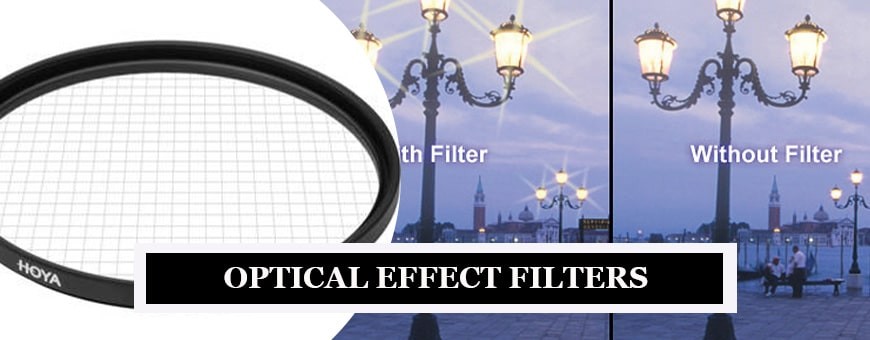Same Day Shipping EMI & COD on most products
Trusted Partner Since 1969
GST B2B Billing  Help
Help  00919699976817
00919699976817

Showing 25–28 of 28 results
Polarizing filters are pivotal when it comes to photographing water. They minimize reflections from the water’s surface, enabling the camera to capture what lies beneath – be it rocks, marine life, or the seabed. This results in clearer water shots with reduced glare, thus highlighting the underwater elements and offering a sense of depth and clarity.
Yes, while filters can enhance many scenarios, there are situations where they might not be beneficial. For instance, in low-light conditions, using an ND filter can further reduce the light, making it challenging to get a proper exposure. Also, over-reliance on filters can sometimes lead to over-saturated or artificial-looking images. It’s essential to assess the scene and decide whether a filter will add value or detract from the image’s authenticity.
The choice of filter largely depends on the desired outcome. If you aim to reduce reflections and enhance colors, a polarizing filter would be ideal. For motion blur effects in bright conditions, an ND filter is the go-to. Understanding the scene, the lighting conditions, and the final image you have in mind will guide you in selecting the right filter.
Absolutely! Photographers often stack filters to achieve a specific effect. For instance, combining a polarizing filter with an ND filter can allow for longer exposures while also reducing glare and enhancing colors. However, it’s crucial to ensure that the combined effect doesn’t compromise image quality or introduce unwanted color casts.



Most units are shipped same day using professional courier services with tracking.
We work round the clock to ensure you get the highest level of customer satisfaction.
Well packed, Sealed Units are shipped from our warehouse which are waterpoof & sturdy.
Design Info
GST: 27AYUPJ2628P1ZK
No.1, Saremals, Shastri Hall Building,
Nana Chowk, Grant Road West,
Mumbai 400007, Maharashtra, India
New Delhi Branch – South Ex 2, 110049
Also Ships DAILY from Brisbane, Dubai,
Berlin, Barcelona, Detroit & Vancouver.
Connect online / schedule a demo
Call/WhatsApp: +91-9699976817
Email: [email protected]
Live Chat: Business Hours
Follow Us: @designinfo.in
Copyright © 2014-2022 Design Info All Rights Reserved. Feedback on web experience
Since 1969